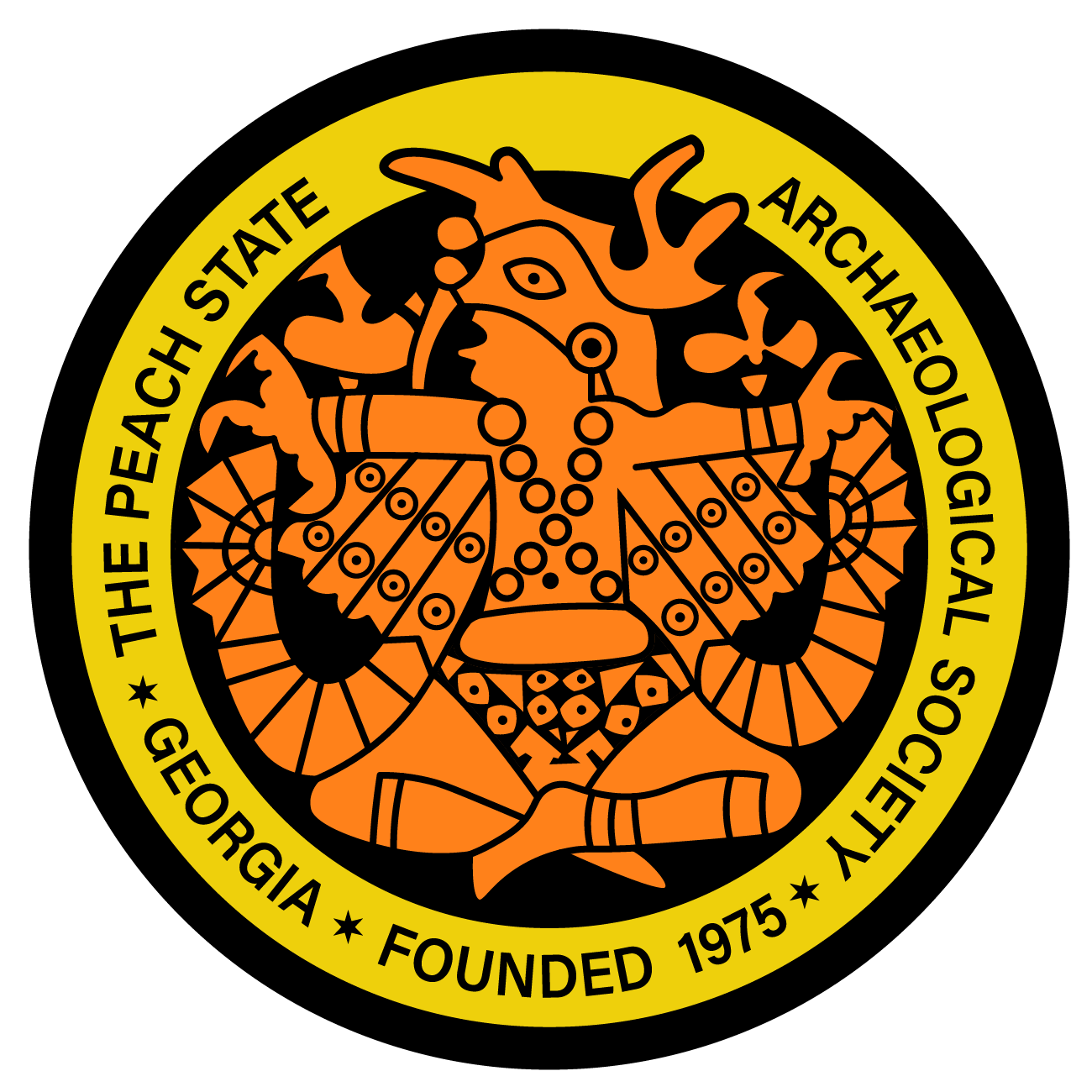Hammer stones may be confused with badly damaged discoidals.They may be similar in size and rounded shape and may even have a flattened edge (figure 1), but that is where the similarity stops.Hammer stones are typically heavily damaged or even broken in pieces.They will be found on procurement sites where flint is being mined for later use, or on reduction sites where large flakes of flint are worked into points or blades.The reduction site will contain large numbers of flakes of varying sizes and several broken hammer stones and little else.Discoidals are usually recovered from large dwelling sites or ceremonial centers where larger numbers of people would gather. Hammer stones vary in size from very large in quarry sites to smaller rounded or even disc-like thin hammers. (figure 2) Some hammers are also long and slender, about the size of a man’s finger (figure 3). All of these meet the need for removing varying sized flakes from a blade during the knapping process prior to pressure flaking.
